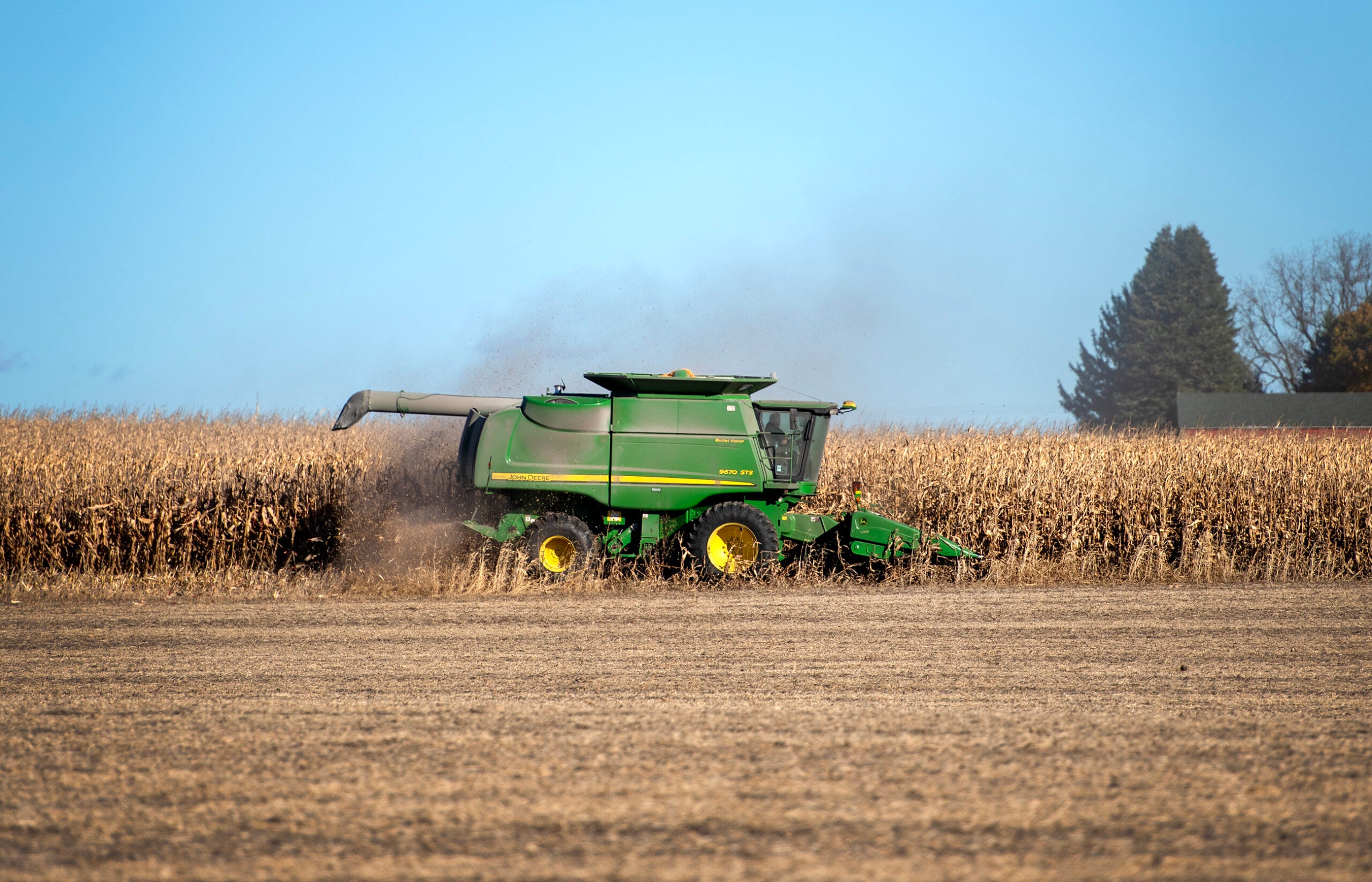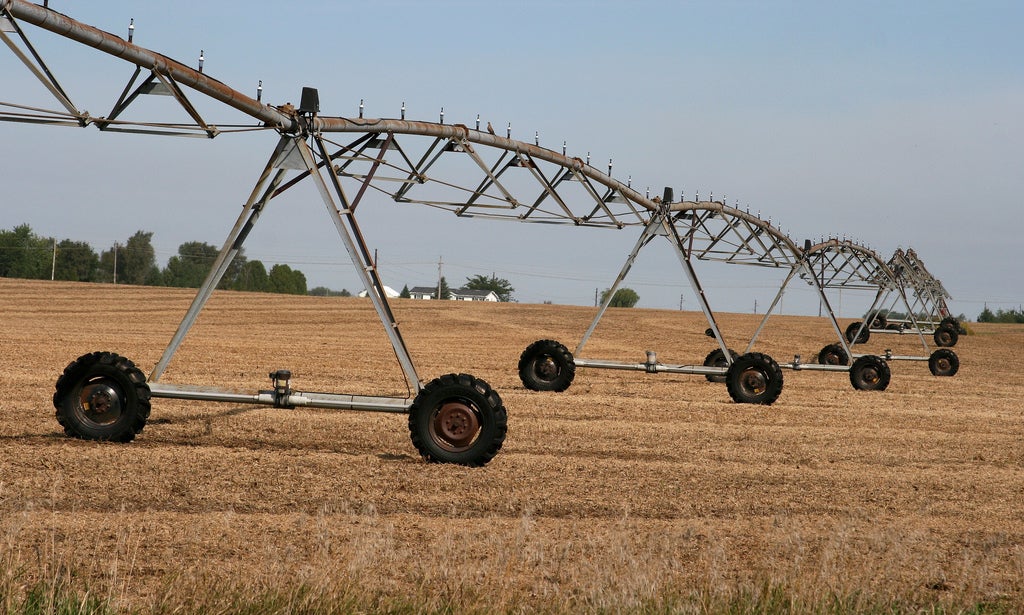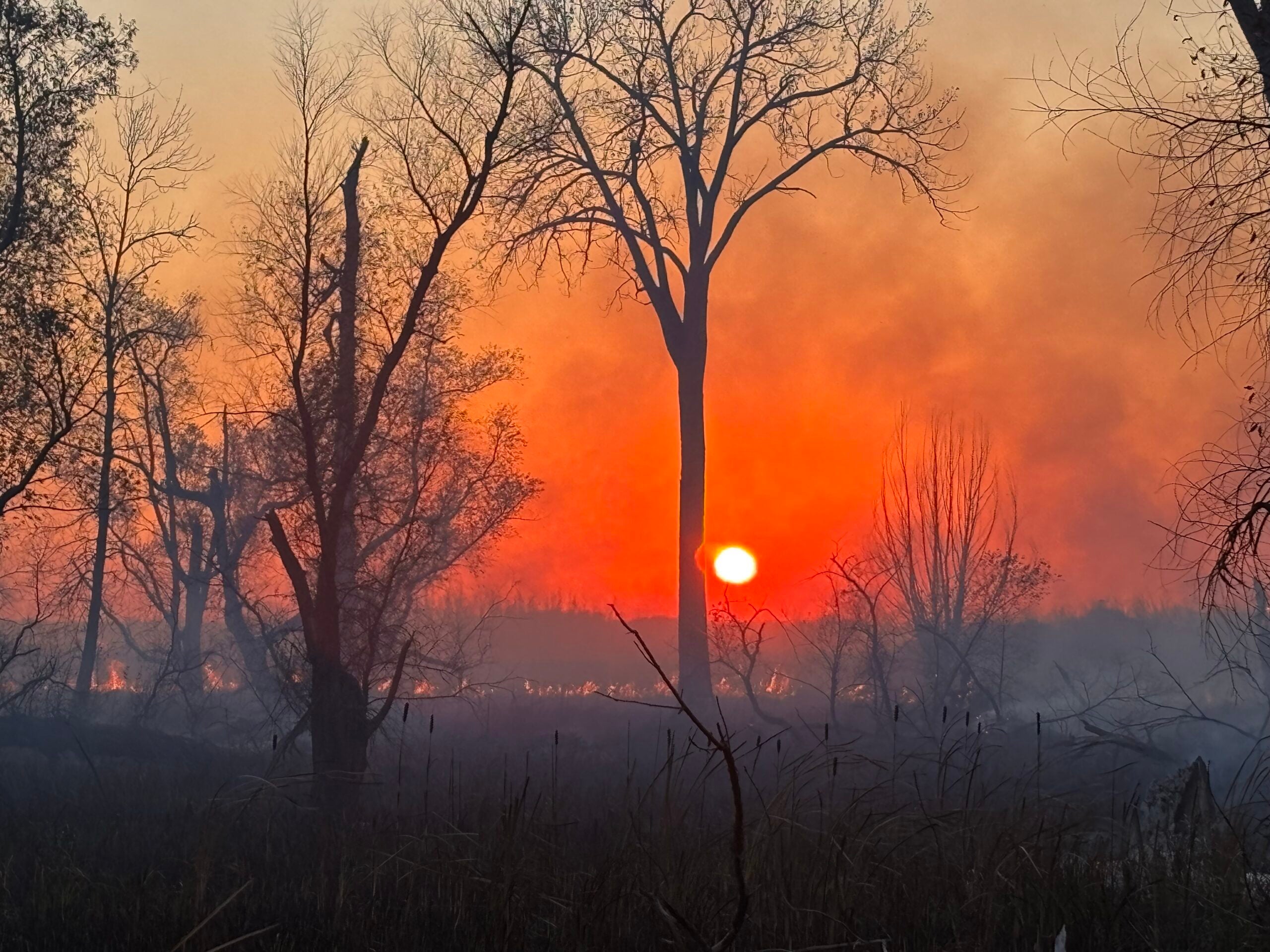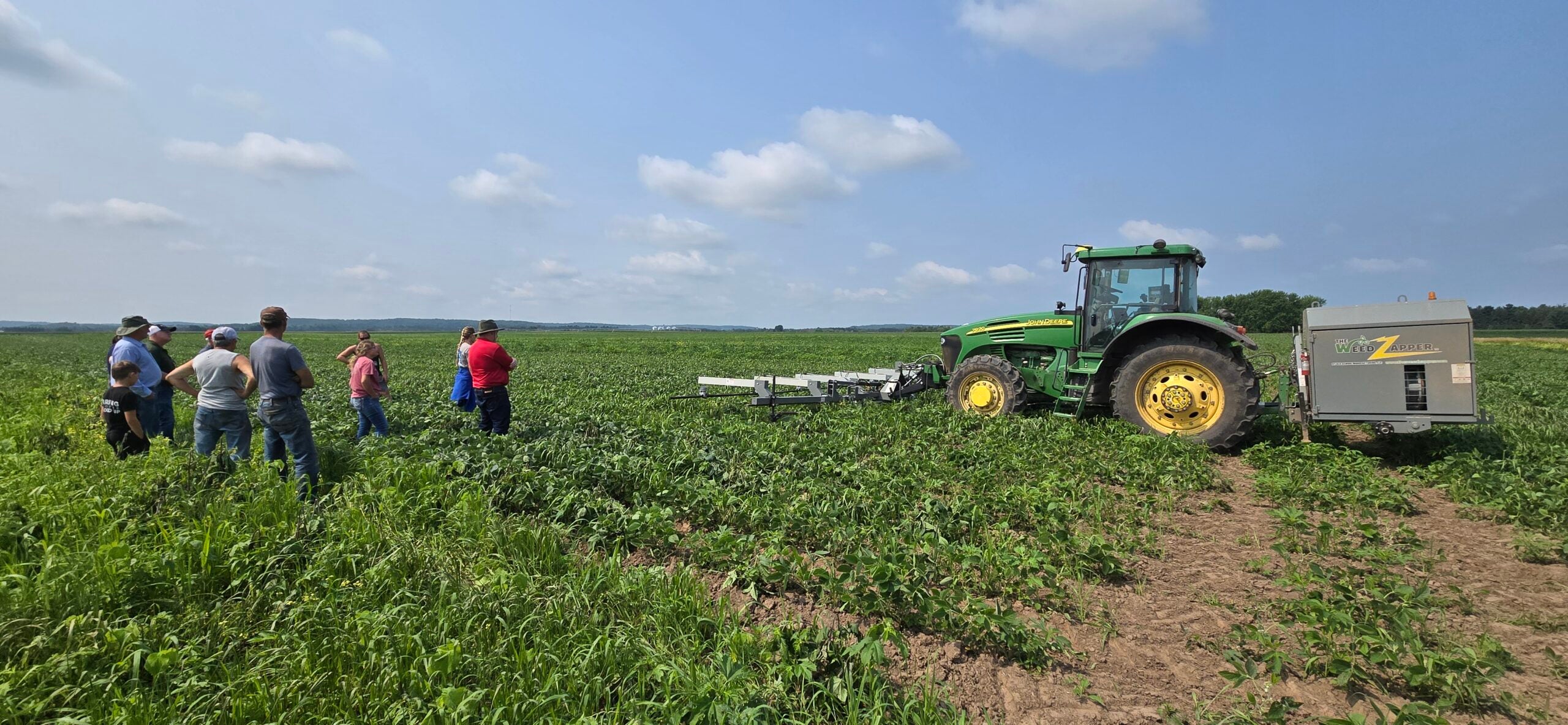Jerry Clark, crops educator for the University of Wisconsin-Madison’s Division of Extension, said harvest is at least two weeks ahead of schedule in the western Wisconsin counties of Chippewa, Dunn and Eau Claire where he works.
“Since corn silage started to be harvested in the early part of September right through today, it’s been excellent conditions for getting the crop off,” Clark said on Wednesday.
Wisconsin farmers have seen abnormally warm and dry weather this fall, with this September coming in as the third warmest on record for the state. It’s a significant shift from the rainy spring that delayed planting for some farmers at the start of the year.
Stay informed on the latest news
Sign up for WPR’s email newsletter.
“We’ve kind of had the tale of two growing seasons — wet in the spring and very dry this fall,” Clark said.
The latest crop progress report from the U.S. Department of Agriculture shows that corn harvest for grain was 12 days ahead of the average timing. Soybean harvest, which was 93 percent complete across the state, was four weeks ahead of the average.
Scott Reuss, UW-Extension crops educator for Langlade, Marinette, Oconto and Shawano counties, said this week is normally when farmers start harvesting soybeans. Instead, many farms are already done for the year.
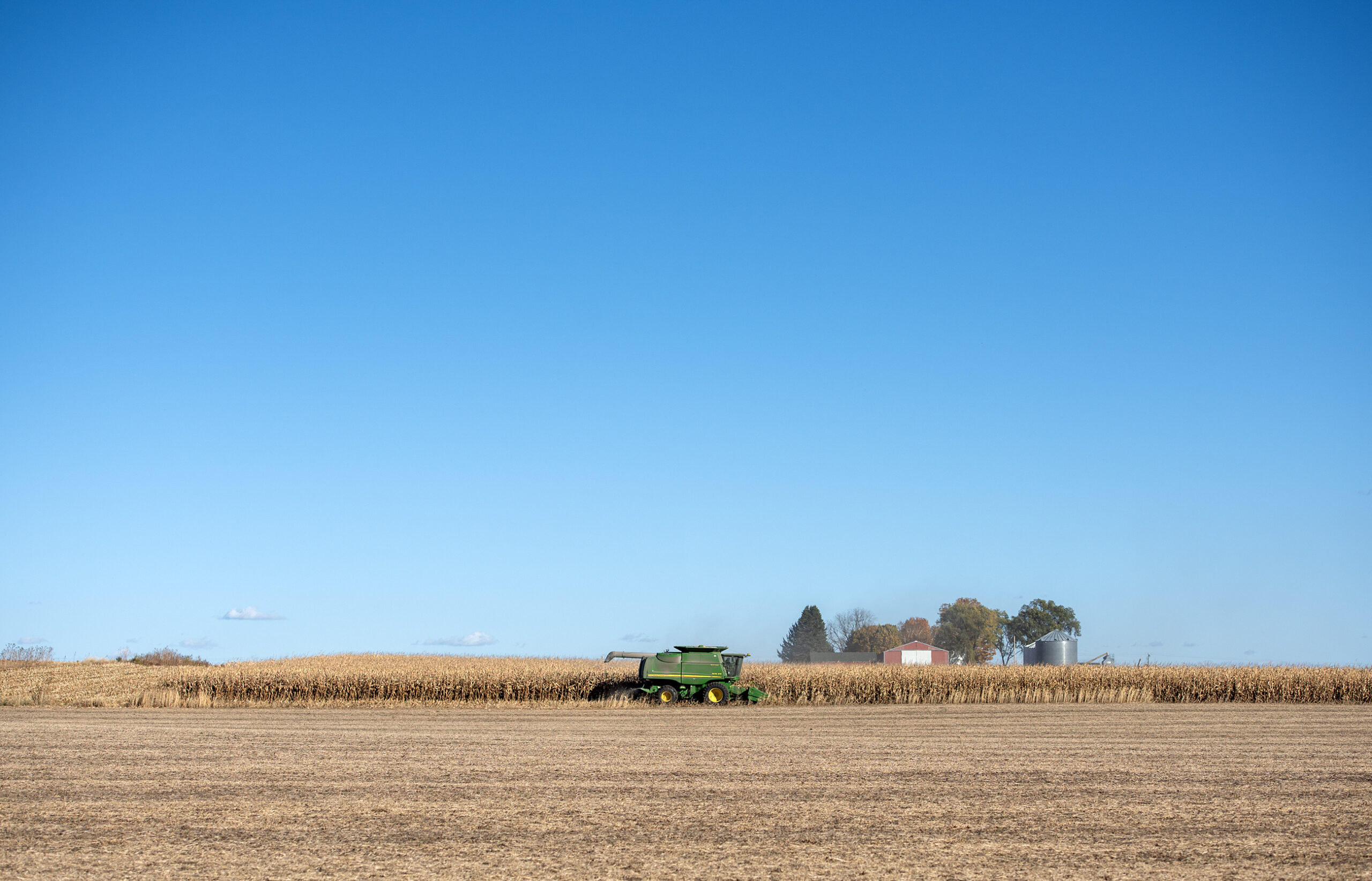
Crop quality down due to dry weather
While the dry weather makes getting into the fields less stressful, Reuss said it has hurt the quality of this year’s crop. He said soybeans are ideally sold at 14 percent moisture, but farmers are finding their crops at 10 percent or below.
“There was no moisture left in the beans because of the air and the soil both being so dry up here,” he said.
Clark said farmers in western Wisconsin have also reported smaller than normal soybeans. He said wet weather delayed planting of the crop for many farms this spring and led to increased pressure on the crops from weeds.
Both experts agree the early harvest has allowed more producers to plant cover crops, which are planted at the end of the season to help hold soil and nutrients in place over the winter months. Reuss said he is seeing more acres of cover crops planted this fall and growers had the opportunity to plant different varieties because they were less rushed.
Clark said he has also heard from more farmers who are planting cover crops. But he said many haven’t seen the plants take off because of the lack of moisture.
Clark said producers have reported average or slightly better yields for corn this year. Dry weather at harvest is often a cost savings for corn because farmers don’t have to pay as much to dry the grain down before storing it.
“We don’t have to warm that grain up to try to take that moisture out of it,” he said. “The air temperature is already helping from that standpoint.”
Reuss said the more severe drought in his area has taken a toll on corn fields, increasing the amount of broken stalks or fallen cobs in the fields and hurting potential yields.
The latest data from the U.S. Drought Monitor shows all of Wisconsin is experiencing some drought conditions, from abnormally dry in the central and southeastern regions to severe drought levels in the northern regions and along the state’s southern border.
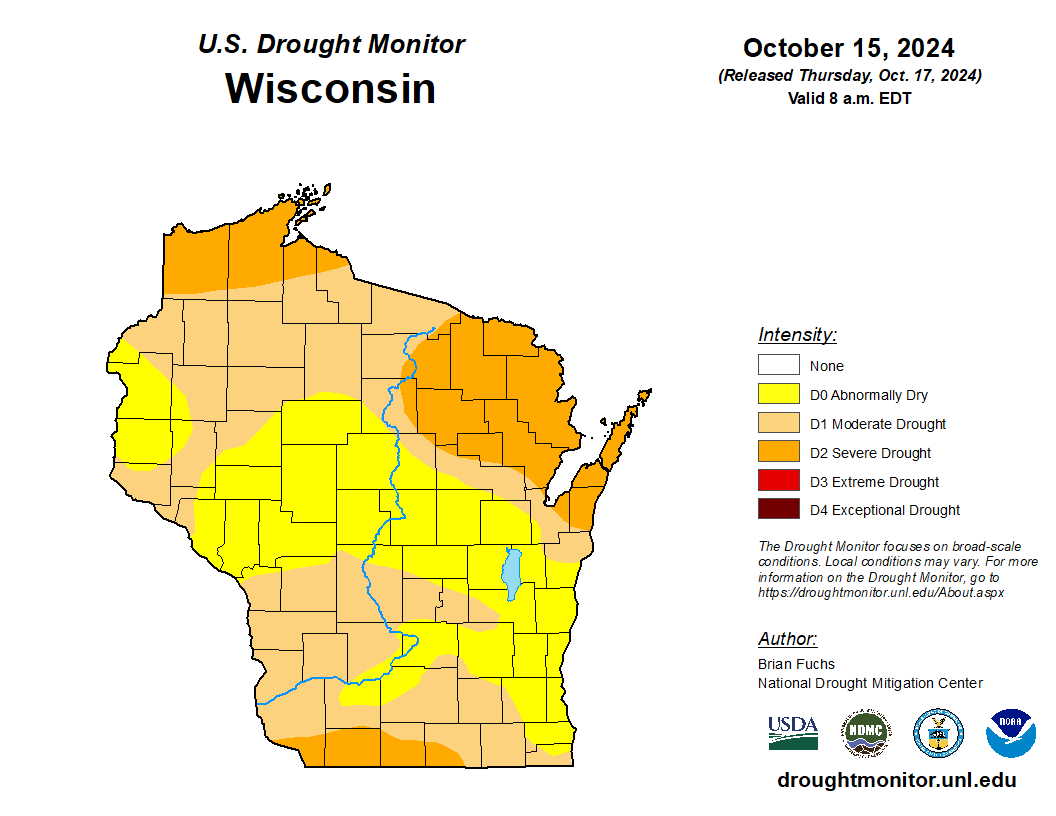
Clark said moisture levels below the topsoil are already showing signs of being depleted.
“At the end of the season, we’d like to see that subsoil be replenished, because we don’t know what we’re going to get for snow melt or snow accumulation,” he said, pointing back to how low soil moisture impacted crops during the 2023 season.
But Reuss said many of the producers he knows aren’t too worried because they know weather patterns can change, just like they did during this year’s growing season.
Wisconsin Public Radio, © Copyright 2025, Board of Regents of the University of Wisconsin System and Wisconsin Educational Communications Board.
